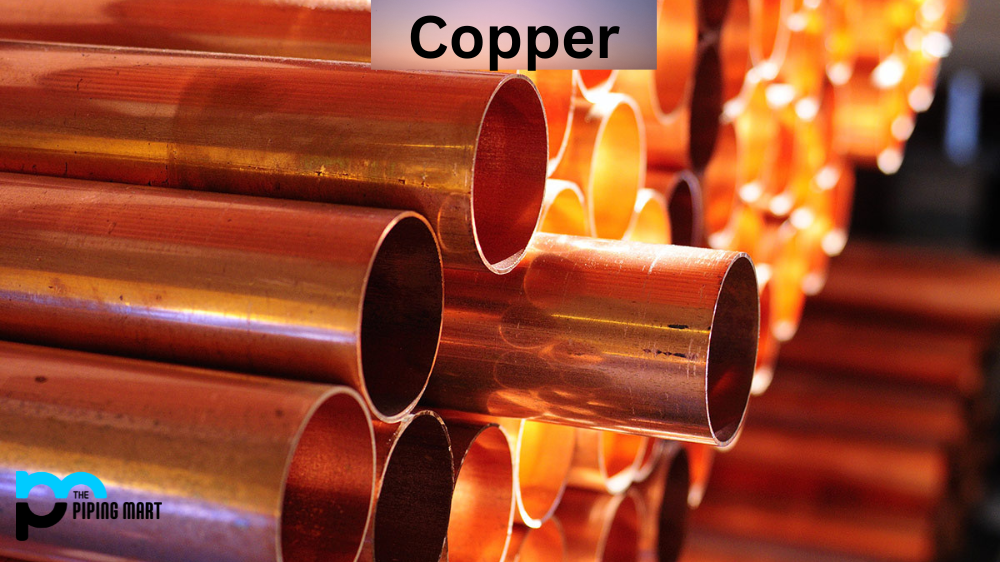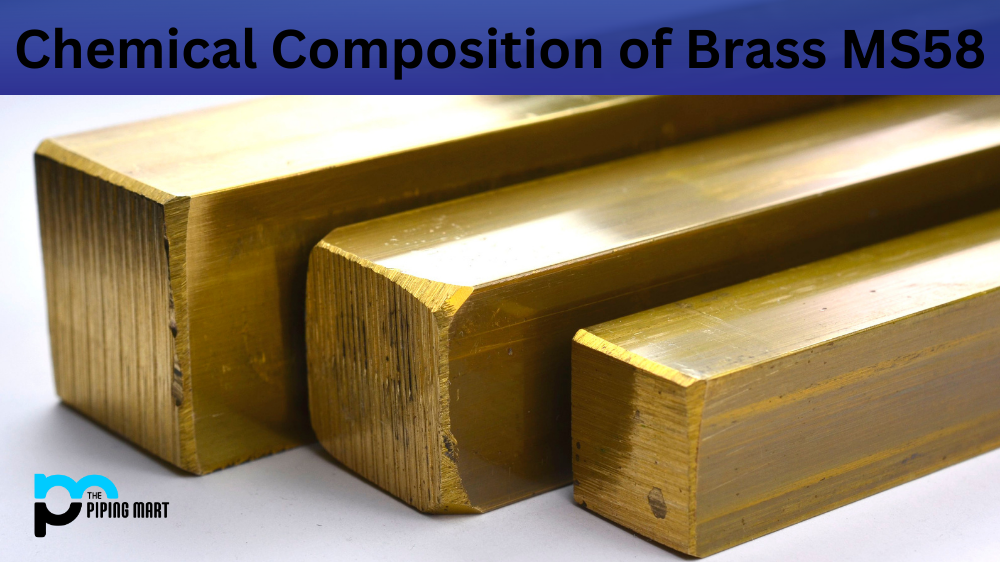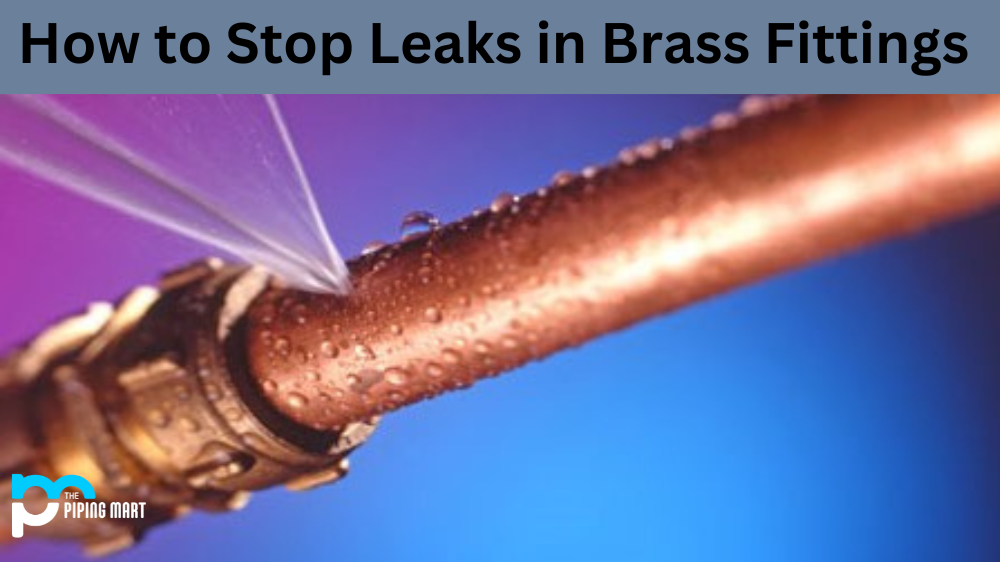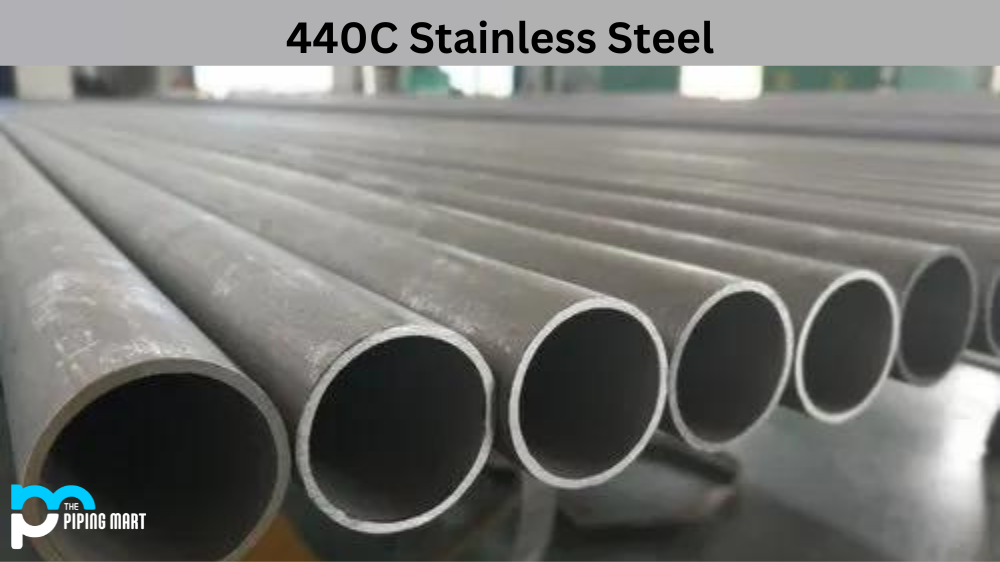Copper is a sought-after metal for its durability, malleability, and conductivity. It has long been used in manufacturing, from coins to wires. Copper production and manufacturing can be mysterious to those unfamiliar with the industry. From mining to the finished product, there are many steps involved in producing copper. Let’s take a look at how it’s done.
Copper production process
Copper production begins with acquiring raw materials like ore, concentrate, or matte. These raw materials come from mines around the world where ores containing copper sulfide minerals are extracted using open-pit mining or underground mining techniques. The ore is then crushed and heated to separate the copper from other elements. This process is known as smelting and produces molten matte or blister copper, which is then refined further into 99% pure copper cathodes.
Mining
Copper can be found in above-ground and underground deposits. The first step in copper production is mining. This can be done via open-pit or underground mining methods.
Milling
Once the copper ore has been mined, it must be milled to separate the copper from the rest of the rock. This is done via crushing and grinding.
Concentrating
The next step in copper production is concentrating. This process involves adding chemicals to the milled ore to separate the copper from the rest of the metals present.
Smelting
After the copper has been concentrated, it must be smelted to extract the metal from the rest of the materials present. This is done via a process known as pyrometallurgy.
Refining
The final step in copper production is refining. This process removes impurities from the metal and produces a purer form of copper that can be used for various applications.
Copper manufacturing process
The next step in copper production is to fabricate products from the copper cathodes. Manufacturers must decide which processes they will use based on cost-effectiveness and product quality considerations. Some of these processes include casting, drawing, extrusion, forging, hot rolling, cold rolling, powder metallurgy, stamping/punching/pressing/drawing die forming/bending/stretching/welding, etc., machining operations such as turning, boring, and drilling operations; heat treating operations; surface finishing operations; electroplating coating processes; assembly processes; testing procedures; cleaning operations, etc. Casting involves heating liquid metal until it liquefies and pouring it into molds where it solidifies into semi-finished shapes that can then be further processed through additional manufacturing steps like drawing or extrusion to create finished parts for use in various applications including construction equipment, motors, automotive components electronics appliances, etc.
Refining
The first step in the copper manufacturing process is refining. Copper ore that is mined from the earth is typically mixed with other minerals, such as iron, sulfur, and silica. This mixture is then heated in a furnace to a temperature of 2,000 degrees Fahrenheit. This process removes most of the impurities from the copper ore and leaves a purer product.
Smelting
The next step in the copper manufacturing process is smelting. In this process, the refined copper is heated to a temperature of 2,500 degrees Fahrenheit. This high temperature causes the copper to melt and separates it from the impurities that were not removed in the refining process. The molten copper is then poured into molds called ingots, which are used to create various products.
Casting
After the copper has cooled and solidified in the ingots, it is time for casting. In this process, the ingots are heated to a temperature of 1,200 degrees Fahrenheit and poured into molds called casts. The casts help to give the copper products their desired shape.
Drawing
Once the copper has cooled and solidified in the casts, it is time for drawing. In this process, the casts are heated to a temperature of 1,000 degrees Fahrenheit and drawn through dies that give them their desired shape. The most common shapes that are drawn are wire and tubing.
Annealing
The final step in the copper manufacturing process is annealing. In this process, the drawn wire or tubing is heated to a temperature of 700 degrees Fahrenheit and then cooled slowly. This helps to improve the ductility of the metal so that it can be used for various applications
Conclusion
Copper production involves many steps, from extracting raw materials to fabricating products made from refined metal. Whether you’re looking for industrial components or consumer goods made with copper alloys, you can be sure that a great deal of effort goes into creating them so that they meet strict standards for quality, reliability, performance, safety, and affordability all while minimizing environmental impact as much as possible during production stages too! Copper is an incredibly useful material, so exploring its journey from mine to market helps us appreciate just how much work goes into making sure we have access to high-quality products made with this versatile metal every day!

Pipingmart is a B2B portal that specializes in metal, industrial and piping items. Additionally, we share the latest information and information about materials, products and various types of grades to assist businesses that are involved in this business.




